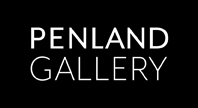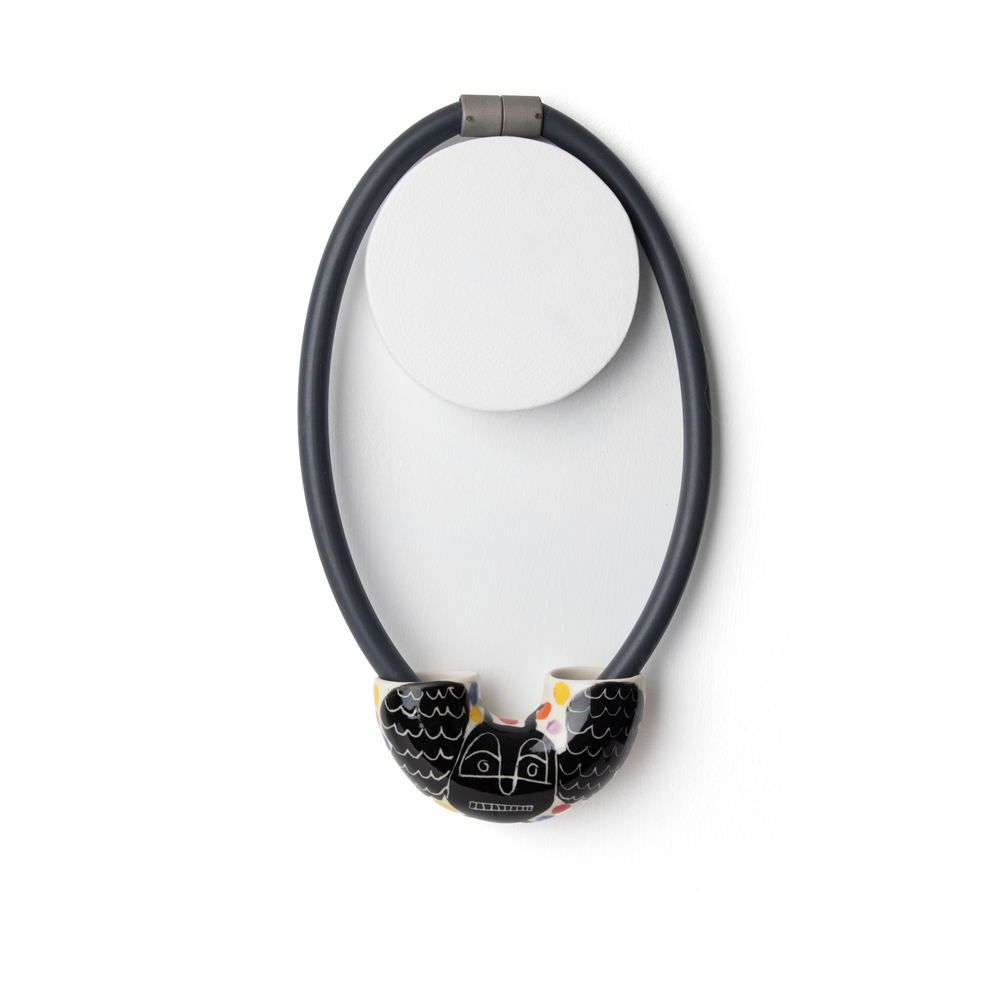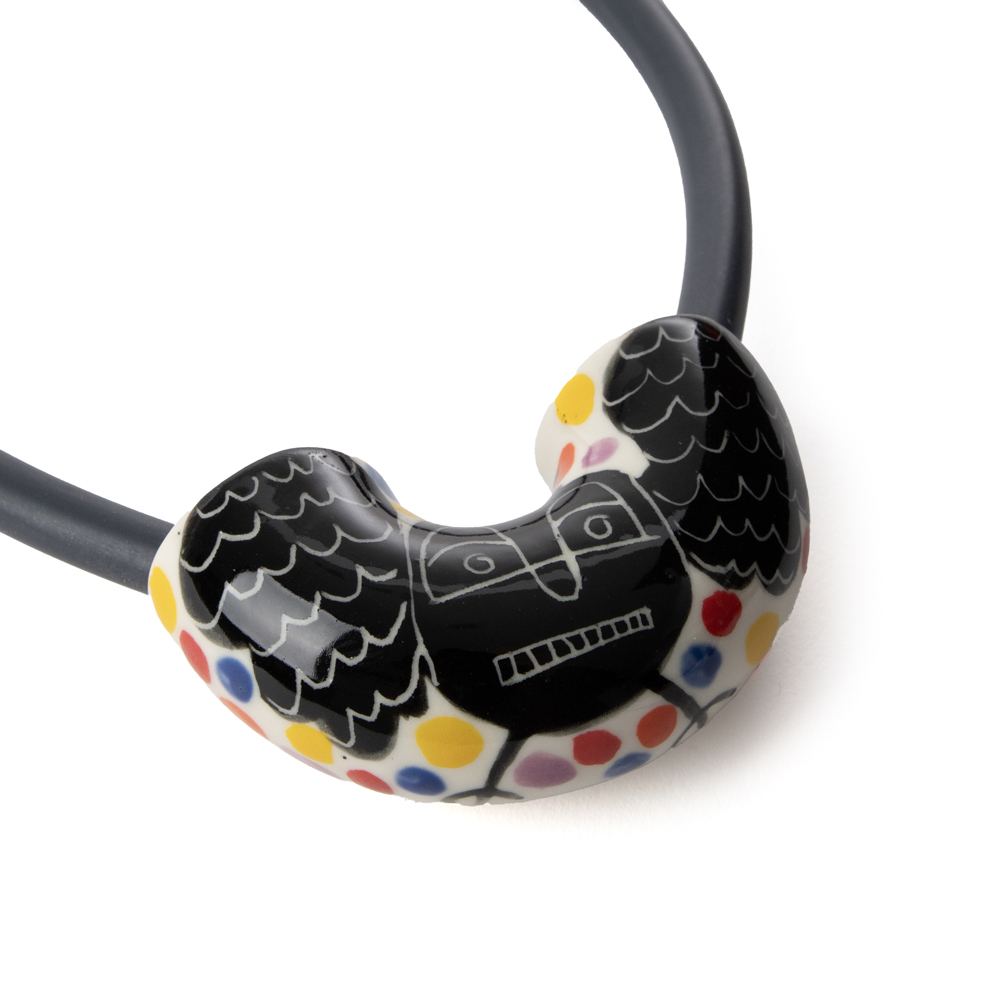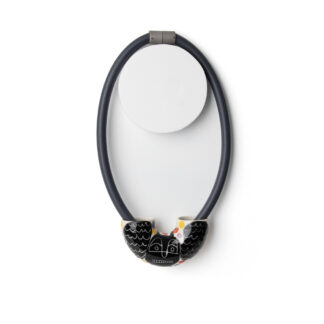ARTIST INFO
MAIA LEPPO
Pittsburgh, PA
METALS | Jewelry
Penland Affiliation | Penland Instructor 2019, Penland Student 2010, 2011, 2013
Artist Information | Studio artist; education: MFA SUNY New Paltz, BA Tufts University; teaching: Penland, Arrowmont, Pocosin, Touchstone; exhibitions: WEAR | Contemporary Jewelry (Penland Gallery, NC), a-brooch-able (Lillstreet Art Center, IL), Art Jewelry: Strong Voices (Dedee Shattuck Gallery, MA), Graduate Show (Galerie Marzee, Netherlands), IMPACT (Brookline Arts Center, MA), Emergence (Winthrop University, SC), Improper Articles (The Greenpoint Gallery, NY), Open Engagement (Queens Museum, NY), Staring: in Hindsight (Pinokotek Der Modern Museum, Germany).
Artist Statement | My process is dictated by the limits that I place on myself: the source of inspiration, my process of design and creating, my use of materials, colors and mechanisms. My work is also drawn from the need to create volume out of flatness. By using almost exclusively steel sheet, I aim to manipulate the material to have a dimension it did not previously have. The forms are inspired by botanical elements, abstracted and simplified to their most basic shape. I design much of my work on a 3-D rendering computer program called Rhinoceros, and then I either send my work to be laser-cut, or I cut it myself. I use silicone cord, steel tubing, and wire to create the finished piece of work. I restrict my color choices to the black, white, and the terracotta color of the industrial silicone. I am interested in scale, volume, movement and repetition and how the computer can help me explore these ideas.
The resulting work is an exploration of the intersection between the botanical and the industrial. Having the work be wearable is a primary goal, but I also want to push that idea and play on the balance between overwhelming and attracting the viewer. I do not want the wearer to look at the jewelry and immediately see a specific plant or flower, but to get the feeling that one gets when seeing or being surrounded by botanicals.
Technical Information | Steel, mixed media
KURT ANDERSON
Spruce Pine, NC
CLAY | Functional ceramics and 2D figurative art
Penland Affiliation | Penland Instructor 2017, 2022, Penland Winter Resident 2017
Artist Information | Studio artist; education: MFA Louisiana State University, Post Baccalaureate Studies at State University of NY at New Paltz, Post Baccalaureate Studies at Nova Scotia College of Art & Design; teaching: Penland School of Craft (NC), Appalachian State University (NC), Archie Bray Foundation for the Ceramic Arts (MT), Ohio State University (OH), Louisiana State University (LA), HUnter College (NY), Kingsborough Community College (NY), Rockland Community College (NY); residencies: Penland School of Craft (NC), Watershed Center for the Ceramic Arts (ME), Archie Bray Foundation for the Ceramic Arts (MT), Arrowmont School of Arts and Crafts (TN), School of Design and Crafts, Gothenburg University (Sweden); exhibitions: Red Lodge Clay Center (MT), Charlie Cummings Gallery (FL), Companion Gallery (TN), The Clay Studio (PA), Akar Design (IA), Baltimore Clayworks (MD), Santa Fe Clay (NM)
Artist Statement | I am attracted to the raw and the unrefined, the messy and lowbrow. In my work I seek to include imagery that touches on the familiar but is seen through my own distorted lens. I look at the visual language of my environment: advertising logos, cartoons, graphic novels, sports-team mascots, and iconic figures in public life. By including such imagery on the surface of my pottery I hope to connect to the viewer by providing a glimpse of something universal and familiar, yet slightly surreal. I am also influenced by centuries of folk pottery and the archetypal iconography found upon them. It is my hope to show the great amount of admiration I have for this work but also slightly lampoon them.
Traditionally, folk potters used a variety of formulas to compose surfaces of their work. By
shuffling and recombining these proven formula, it is my hope that the muse of familiarity
appears cross-dressed as innovation.





